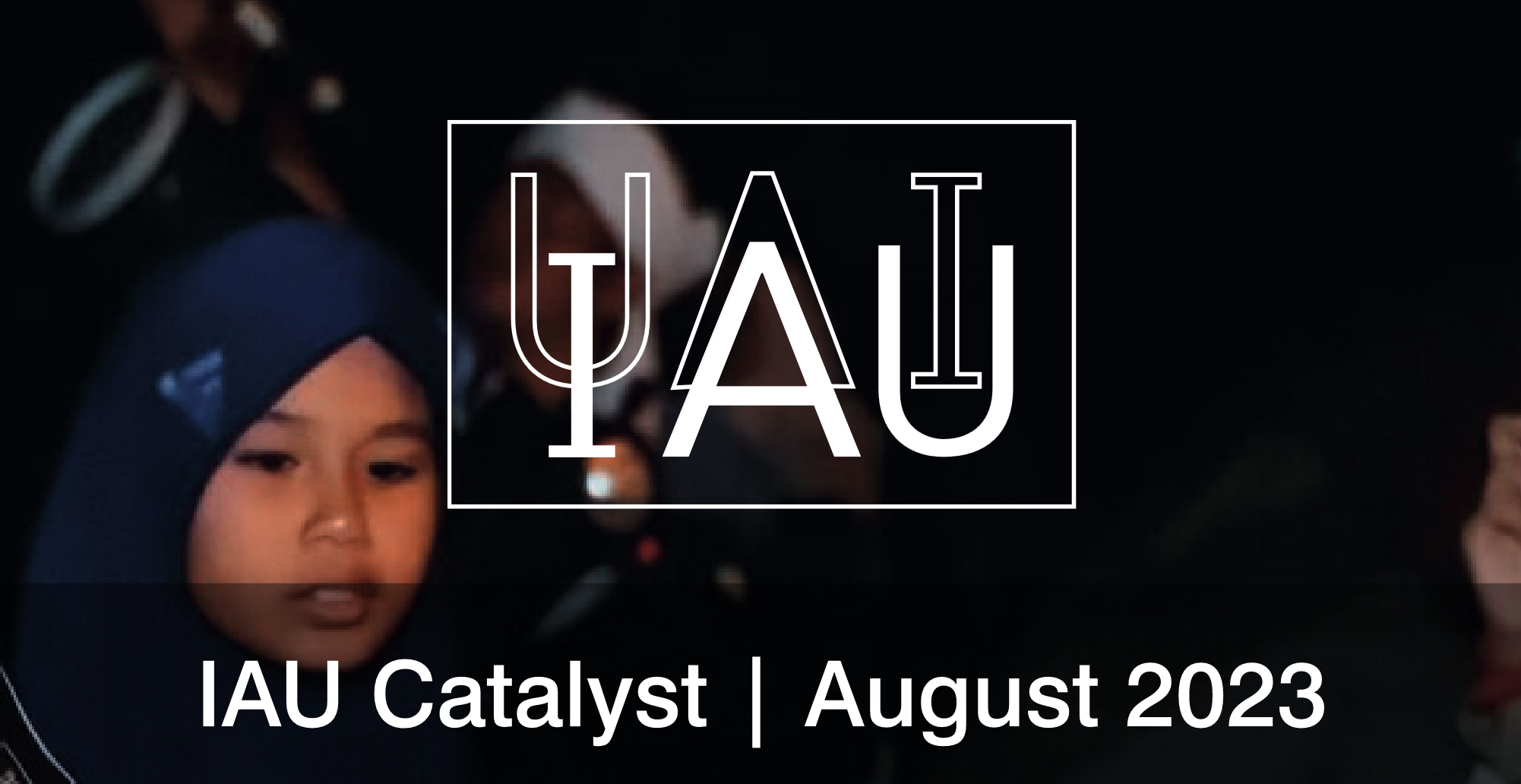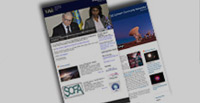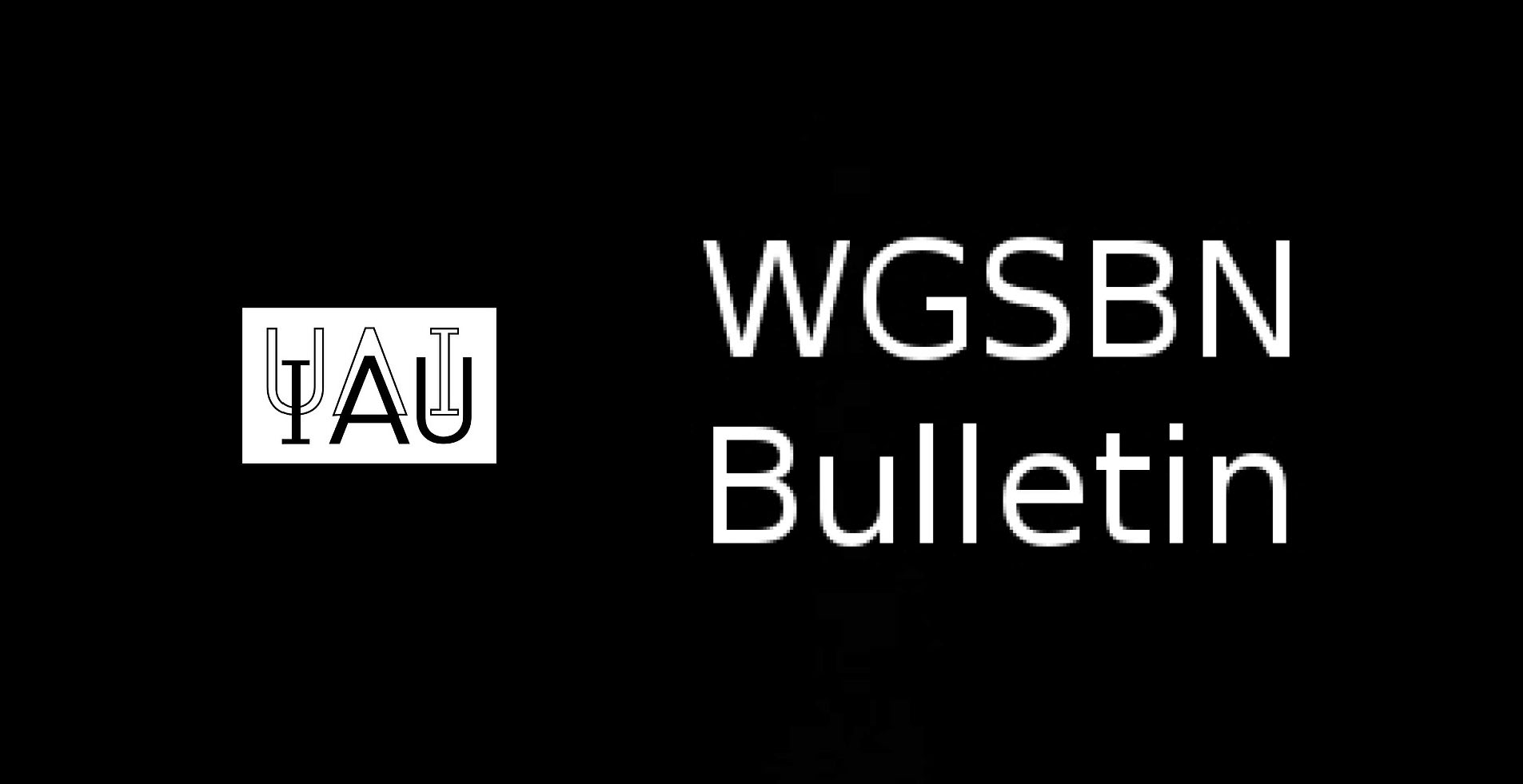- News
- Science
- Scientific Bodies
- Divisions
- Commissions
- Commission A1 Structure
- Commission A2 Structure
- Commission A3 Structure
- Commission A4 Structure
- Commission B1 Structure
- Commission B2 Structure
- Commission B3 Structure
- Commission B4 Structure
- Commission B5 Structure
- Commission B6 Structure
- Commission B7 Structure
- Commission C1 Structure
- Commission C2 Structure
- Commission C3 Structure
- Commission C4 Structure
- Commission C5 Structure
- Commission D1 Structure
- Commission E1 Structure
- Commission E2 Structure
- Commission E3 Structure
- Commission E4 Structure
- Commission F1 Structure
- Commission F2 Structure
- Commission F3 Structure
- Commission F4 Structure
- Commission G1 Structure
- Commission G2 Structure
- Commission G3 Structure
- Commission G4 Structure
- Commission G5 Structure
- Commission H1 Structure
- Commission H2 Structure
- Commission H3 Structure
- Commission H4 Structure
- Commission J1 Structure
- Commission J2 Structure
- Commission J3 Structure
- Commission X1 Structure
- Commission X2 Structure
- Past Commission Organising Committees
- Working Groups
- Centres
- Scientific Meetings
- Rules & Guidelines
- General Assemblies
- Meeting Proposals
- Future IAU Meetings
- General Assemblies
- EC Meetings
- Officers' Meetings
- Regional Meetings
- Symposia
- Focus Meetings
- Institutional Meetings
- IAU Offices Meetings
- IAU-Sponsored Meetings
- Letters of Intent submitted for 2024
- Letters of Intent submitted for 2023
- Letters of Intent submitted for 2022
- Letters of Intent submitted for 2021
- Letters of Intent submitted for 2020
- Past IAU Meetings
- Templates
- Other Meetings
- Grants & Prizes
- Scientific Bodies
- Publications
- IAU Publications
- IAU Strategic Plan
- Symposia
- WGSBN Bulletins
- Regional Meetings
- Information Bulletins/Catalyst
- E-Newsletters
- Focus Meetings
- Transactions A
- Transactions B
- Related Publications
- GA Newspapers
- CAPjournal
- IAU Books
- Brochures
- IAU Offices
- WG Reports
- Commission Reports
- Division Reports
- Past IAU Publications
- Rules, Guidelines and Instructions for Proceedings
- Publishers
- IAU Publications
- Administration
- About the IAU
- Statutes & Rules
- IAU Policies
- IAU Executive Bodies
- IAU Secretariat
- Resolutions
- Members Administration
- Administrative Dates & Deadlines
- International Organisations Relations
- Donate to the IAU
- Training in Astronomy
- Astronomy for Education
- Astronomy for Development
- Astronomy for the Public
- Office for Astronomy Outreach
- FAQ
- Themes
- Satellite Constellations
- Astronomy in Everyday Life
- How to Report a Discovery
- Careers in Astronomy
- Defining our Place in the Cosmos
- The Constellations
- Light Pollution
- Measuring the Universe
- Near Earth Objects
- How to Participate in Astronomy Research
- Naming of Astronomical Objects
- Naming of Exoplanets
- Buying Star Names
- Naming Stars
- Pluto and the Solar System
- IAU Member Statistics
- Our Moon: the Moon
- Meteors & Meteorites: The IAU Definitions of Meteor Terms
- UNESCO-IAU Portal to the Heritage of Astronomy
- Social Media
- Past Events
- Call for Online Resources
- Astronomy@Home Awards
- Contact
IAU Focus Meetings (GA)
FM 22: The Frontier Fields: Transforming our understanding of cluster and galaxy evolution
Start date/time
August 3, 2015
End date/time
August 5, 2015
Place
Honolulu,
United States
Contact
Harald Ebeling
ebeling@ifa.hawaii.edu
Coordinating Division
Division J Galaxies and Cosmology
Other Divisions:
None
Event Website:
Co-Chairs of SOC:
Jean-Paul Kneib (EPF Lausanne)
Priyamvada Natarajan (Yale University)
Topics
- Properties of gravitationally lensed galaxies at high redshift
- Properties of the galaxy population of the Hubble Frontier Fields (FF) clusters
- Reionization of the early Universe
- The mass distribution and internal dynamics of massive clusters
- Modelling techniques based on strong and weak gravitational lensing
- Cosmological constraints from FF studies
- Ground- and spacebased follow-up studies of the FF
- Transient sources in the FF
- The significance of the FF for future studies with JWST and 30m-class telescopes
Rationale
In the course of the past few decades, gravitational lensing has proven to be an exceptionally powerful tool for studies of faint objects at the edge of the observable Universe, as well as for the characterization of the mass distributions in lensing systems. Generating significant gravitational amplification over areas of several square arcmin, massive galaxy clusters in particular are natural telescopes that allow us to probe the distant universe to unprecedented depth.
Progress made in recent years has provided us with a unique opportunity to fully exploit the potential of clusters as gravitational telescopes. For one, all-sky surveys designed specifically to find the most massive galaxy clusters have unveiled previously unknown and extremely powerful cluster lenses. In addition, coordinated efforts within the extragalactic community have led to parametric and non-parametric lens modeling techniques that combine the strong- and weak-gravitational lensing signal and are capable of creating highly accurate mass maps that effectively calibrate the cluster lenses.
Recognizing the enormous potential of the gravitational amplification provided by massive clusters, STScI and SSC recently dedicated 560 orbits and up to 1000 hours, respectively, of Director's Discretionary Time on the Hubble and Spitzer Space Telescopes (HST and SST) to extremely deep observations of four carefully selected massive clusters and "blank" parallel fields. The HST images obtained by the Frontier Fields (FF) initiative will reach a limiting magnitude of 29 (AB) in each of six passbands covering the entire optical and NIR window (0.4-1.7 microns). SST will obtain 50-hour imaging in each of two passbands at longer infrared wavelengths (3-5 microns). The FF project represents the largest investments of HST and SST time ever for deep observations of galaxy clusters. One of the main FF science goals is the discovery of gravitationally lensed background galaxies at z=5-10 for both in-depth studies of bright individual objects and statistical investigations into the properties of galaxies at magnitudes and distances currently inaccessible to observation without gravitational amplification. At the same time, the FF observations will also yield the deepest images of the cores of massive clusters ever collected, thereby facilitating exquisitely detailed characterizations of the cluster lenses and their galaxy content. SST is observing the four FF clusters in Cycle 10 (to be completed by June 2014), while HST will observe two FF clusters in each of Cycles 21 and 22; these observations commenced in November 2013 and will end in July 2015. All FF data are being made available immediately to the community via the Mikulski Archive for Space Telescopes and the Spitzer Heritage Archive, respectively.
The proposed Focus Meeting (FM) on the FF at the IAU General Assembly in August 2015 will allow observers, theorists, and modelers to present results from the FF project, discuss new lens modeling techniques, and prepare and evaluate observational strategies to further exploit the FF with both the James Webb Space Telescope and groundbased 30-m class telescopes. In the following we briefly outline the areas of research for which the FF observations will likely prove transformative and which lie at the heart of the proposed FM.
Shedding light on the properties of galaxies at high redshift (z=5-10) is the key science driver of the FF project. The FF target clusters were selected as four of the most powerful gravitational lenses presently known, providing lensing amplifications of typically 10-50 over a significant fraction of the HST/WFC3 field of view. As a result, they will probe the luminosity function of high-redshift galaxies to limits that are currently unattainable without gravitational magnification and will facilitate the detection of galaxy populations approximately 10-100 times fainter than those probed by past deep and ultra-deep HST observations. Since the FF project will generate extremely deep imaging data sets from parallel flanking fields in addition to those accumulated for the selected cluster targets, the total solid angle probed to AB~29 mag is doubled, reducing further the impact of cosmic variance on, e.g., the rest-frame UV luminosity functions of distant galaxies. The latter are critically important for our understanding of the processes involved in the reionization of the Universe and are presently constrained only from the brightest galaxies discovered in blank-field surveys. With the assist of lensing magnification the Frontier Fields will likely represent the best opportunity to spectroscopically confirm galaxies beyond z>7.5, enabling the first studies of their stellar populations and the interstellar and circumgalactic medium at the end of the epoch of reionization. We expect transformative results in this field from the FF data which will discover as much as a dozen sub-L* galaxies at z~10 and hundreds of sub-L* galaxies at z>7, while also at least tripling the number of L* galaxies known at z>9.
An accurate mapping of the mass distribution of the FF lensing clusters is critically important for the determination of the gravitational amplification along a given line of sight and hence the derivation of the intrinsic luminosities of lensed background galaxies. The data required for this absolutely essential calibration of the cluster lenses are provided by the FF observations themselves, in the form of strong-lensing features (primarily multiple-image sets) that will be identifiable to unprecedented depth. Specifically, of the order of 100 multiple-image systems are expected to be discovered in each FF cluster lens, an improvement of a factor of at least 3-5 over even the best-studied cluster lenses in the pre-FF era. The exquisite observational constraints provided by these FF data will allow lens modelers to dramatically improve the current mass and magnification maps for the selected massive clusters and, importantly, to test and understand the systematic differences of existing and new modelling techniques. The latest advances in modelling the mass distribution in galaxy clusters (using both strong- and weak-lensing techniques) and their application to FF data will be another key topic of the proposed FM.
The resulting mass maps of the FF clusters are likely to prove transformative also for measurements of the halo mass function in clusters and for our understanding of the dynamics of cluster evolution. At present, the limited lensing constraints available for next to all massive clusters severely restrict the spatial resolution of the resulting mass maps. The FF initiative will yield meaningful constraints on the full range of scales from about 10 kpc (the size of individual cluster galaxies) to 100s of kph (the extent of subcluster halos) for direct comparison with the predictions of theoretical and numerical models of structure formation. Importantly, the location of mass peaks within the cluster lens will be determined with high precision too, allowing the accurate measurement of any offsets between dark and luminous matter. Such offsets are not only invaluable for the characterisation of the collisional properties of dark matter, but also allow us to deduce the three-dimensional trajectories of subclusters and thus the geometry and evolutionary history of the respective system. Similar studies have, so far, only been possible for very few clusters undergoing dramatic merger events (e.g., the Bullet Cluster and MACSJ0025.4-1222). The wealth of strong-lensing features discovered in the FF images will also offer new insights into the properties and nature of dark energy. Specifically, cosmography based on a large number of multiple-image systems with known redshifts will yield geometric constraints on the dark-energy equation of state. The proposed FM will provide a stage for the discussion of the resulting progress in our understanding of both the cosmological framework and the dynamics of structure formation based on FF data.
Since the FF initiative will unveil not only lensed background galaxies to unprecedented magnitude limits, but also probe the cluster galaxy population to the dwarf level, the properties and evolution of galaxies within the cluster environment will be exposed in exquisite detail as well. Specifically, the availability of high-resolution color images of the full galaxy population from the cluster outskirts (imaged by the parallel flanking fields of the FF) to the very cluster core is expected to shed much-needed light on the physical processes governing the transformation from late-type galaxies in the field to passively evolving cluster ellipticals. Competing mechanisms such as galaxy mergers, harassment, or ram-pressure stripping can be distinguished by mapping suitable morphological and color diagnostics across the galaxy population. The FF cluster lenses represent particularly powerful targets for such an investigation since their high mass ensures that galaxies will encounter environments of vastly different densities. In addition to presentations on new insights regarding galaxy transformations in massive clusters, the proposed FM will also address other aspects of galaxy evolution, such as triggers of nuclear activity and the shape and evolution of the luminosity function of galaxies in the FF cluster lenses.
Although the FF observations themselves lie at the heart of the proposed FM, many scientific applications of this unparalleled data set require supporting ground-based observations, be it in the form of redshift measurements for strong-lensing features, searches for radio halos or relics, or wide-field imaging beyond the field of view of HST. Supplementary and complementary data will also be obtained by spaceborne observatories (e.g., Chandra and XMM). Additional HST observations (optical+NIR grism, UV imaging, and supernova follow-up) of the FF clusters are being conducted by three HST/GO programs in Cycle 21. The discussion of, and presentation of results from, such follow-up studies of the FF will be another key topic of the proposed FM. Reflecting the uniqueness and treasury character of the FF imaging data, this discussion would explicitly include future studies of the FF with JWST and 30m-class telescopes that are presently under development.
Finally, the FF project, although not originally designed for this purpose, will allow the detection of transient sources in both the central and the parallel flanking fields. For each FF cluster, observations will be performed within two separate windows (one for optical imaging, the other for NIR imaging), separated by between 150 and 200 days. Much shorter timescales for transient science are probed within these windows each of which is 2-4 months wide and includes many individual visits that are separated by a wide range of time intervals, from a single day to over a week. Although the cadence of observations is not optimised for time-variability studies, the FF thus offers an opportunity to both discover and monitor transient sources. With the first supernova discovery already made, results from this area of research will be the subject of another session of the proposed FM.
To summarise, the timing of the IAU GA in August 2015 and its established role as a key scientific destination for the global astronomic community render it an ideal stage for a comprehensive presentation, review, and discussion of findings and challenges resulting from one of the most ambitious projects in observational astronomy to date, the Hubble Frontier Fields initiative.

















